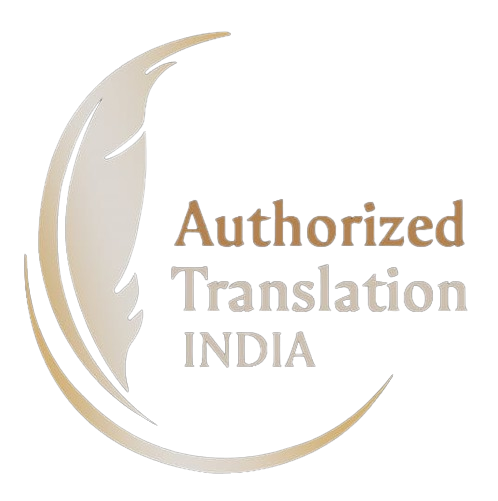The immigration process in the United States involves significant paperwork, including forms and document collection. A birth certificate is a crucial document that almost everyone needs. We'll explore how to translate a birth certificate for United States Citizenship and Immigration Services (USCIS), frequently in a foreign language. It is essential that this document satisfies USCIS requirements in order to prevent application delays or denials.
Why is Translation of a Birth Certificate Required?
The USCIS frequently needs a birth certificate to confirm your identity, age, and familial connections. If the original document is not in English, it must be carefully translated and verified so that the USCIS can review it without mistakes or errors.
Key Requirements for USCIS Birth Certificate Translation
Birth certificate translation for USCIS has certain requirements:
- The original content must be accurately reflected in the translation. All information must be translated accurately, including names, dates, and places.
- USCIS mandates a certified translation, meaning the translator must affirm that the translation is complete and accurate.
- The applicant or family members cannot translate because this could induce bias.
- The structure of the original document should be reflected in the translation. For instance, the arrangement of names, dates, and official stamps must match that of the source.
Is translating birth certificate required for USCIS?
You must give USCIS a certified translation of your birth certificate if it is not in English.
All immigration documents for applications must be presented in English, following USCIS regulations. If not, you must provide a certified translation so that the data may be checked accurately.
A birth certificate is a crucial document in many immigration situations. Your application can be delayed or possibly rejected for being incomplete if you don't have a certified translation. If a necessary translation is not provided, USCIS will usually issue a Request for Evidence (RFE), which will further delay your case.
Common Challenges and How to Overcome Them
- Handwritten Certificates: Let the translator know if your birth certificate is handwritten or difficult to read, and if needed, give further context.
- Uncommon Languages: More specialist services could be needed when translating from fewer common languages. Find a translation company that offers proficiency in both the source and target languages in advance.
- Missing or Incorrect Information: To find out how to handle this matter, speak with an attorney or immigration specialist if the birth certificate is missing or has incorrect important information (such as your name and your parent's name).
Does USCIS require a translated copy of a translated birth certificate?
No, USCIS does not require a translated birth certificate to be notarized.
Only a certified translation—which includes a declaration from the translator or translation agency certifying the translation's accuracy—is needed by USCIS. Notarization is not required by the USCIS.
The regulations of other agencies, however, could differ. For example, notarized translations are usually required by the U.S. Department of State for documents included with passport applications. Checking the particular needs of the agency you are working with is usually a smart idea.

